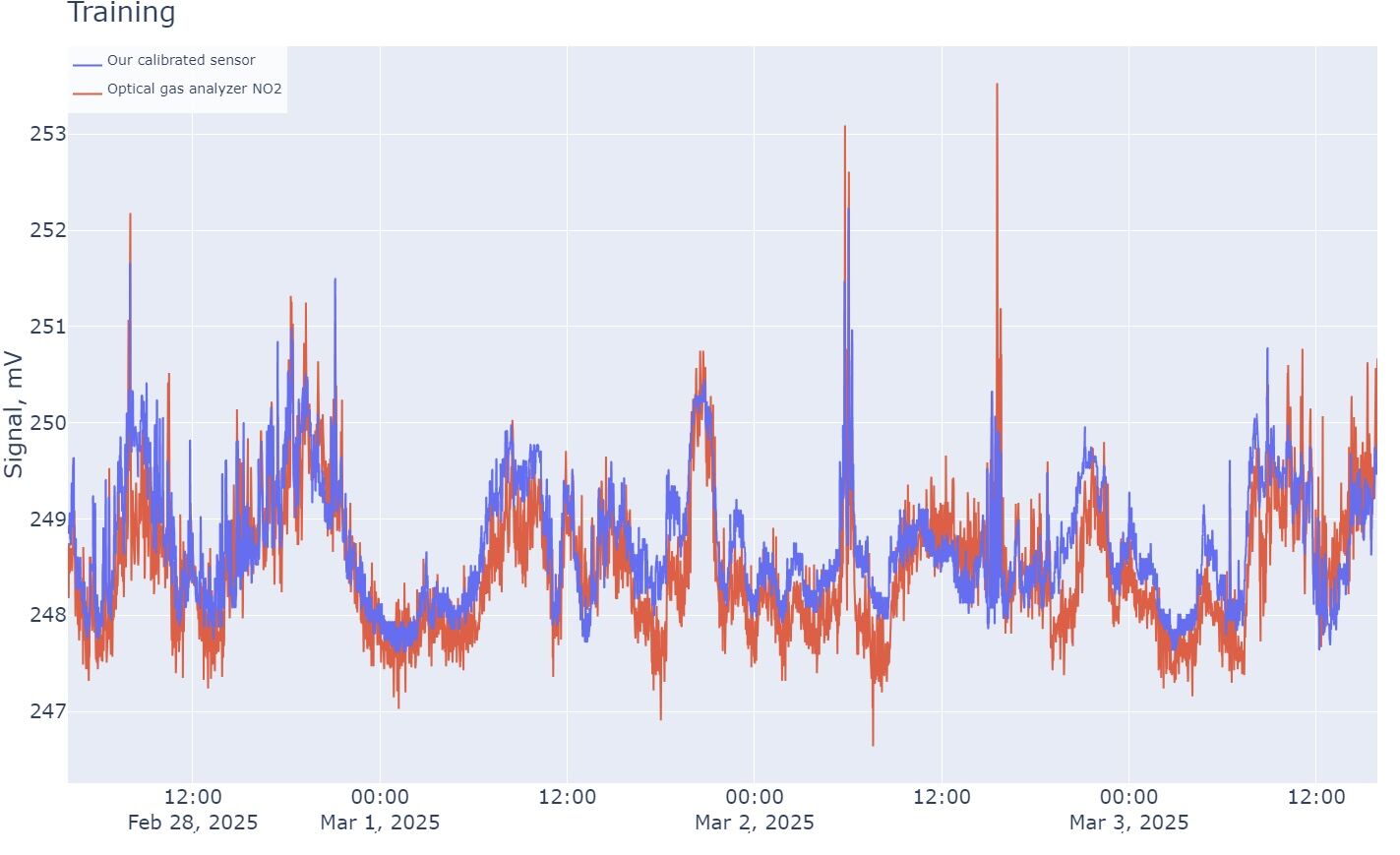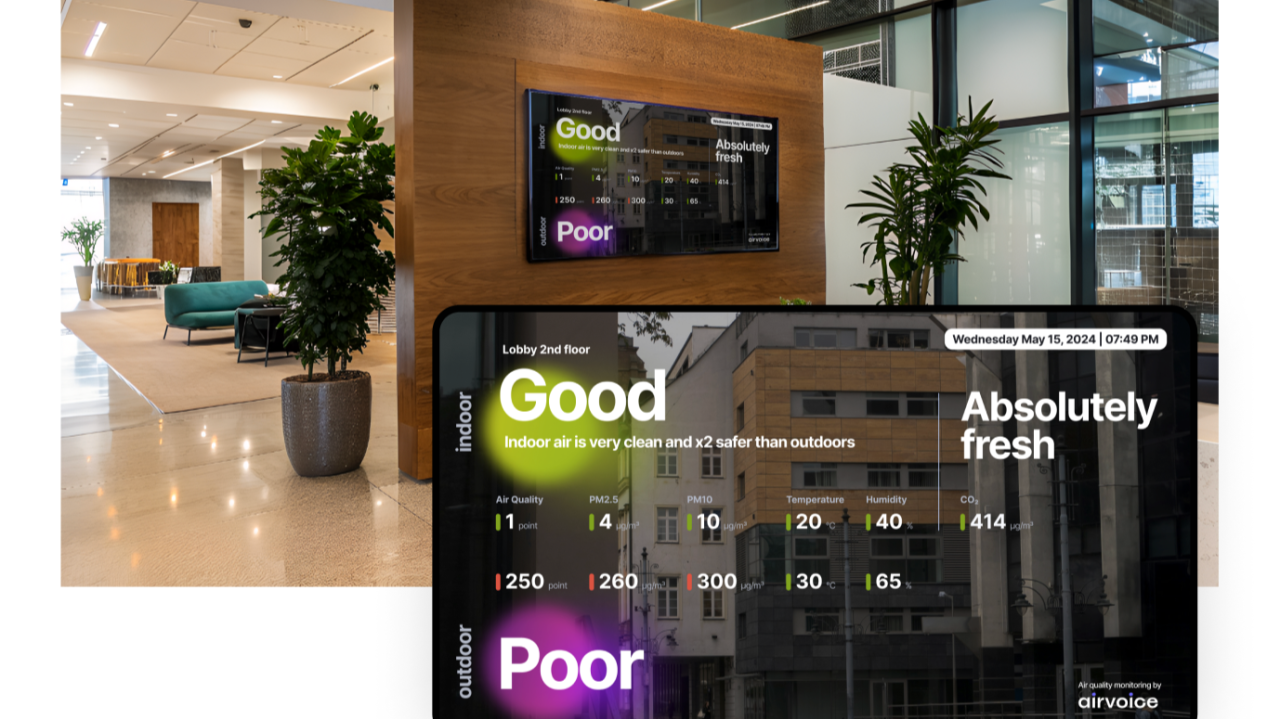There are plenty of well-established physical and chemical methods for measuring gas concentrations in the air. So why develop new ones?
Because the challenge today isn’t just about measuring, it’s about measuring everywhere, reliably and continuously.
As the need for dense, distributed air quality monitoring networks in cities grows, it becomes clear: traditional air quality stations based on instruments like Fourier-transform infrared analyzers or gas chromatograph-mass spectrometers are simply too large, expensive, and power-hungry to scale. Colorimetric methods? Hard to automate.
That’s where a new generation of compact monitoring systems comes in. These systems use miniature sensors: electrochemical, chemiluminescent, and other experimental types still waiting for formal names. They make it possible to build small, cost-effective, autonomous systems.
The challenge with such systems is that ensuring accurate and stable measurements is no small task, especially given well-known issues like cross-interference of gases and sensitivity to both the values and dynamics of temperature and humidity.
But we believe the benefits outweigh the challenges and that these challenges can be eliminated altogether in the near future. Progress is happening on two fronts:
One key idea: if you don’t rely on a single sensor, but instead analyze the collective behavior of several over time, the combined signal can contain enough information to accurately reconstruct pollutant concentrations.
Translating electrical potentials into precise gas concentrations isn’t easy. But we’ve made serious progress.
For example, the graph below compares NO₂ concentrations measured by a reference optical instrument against values predicted by our model, using signals from multiple electrochemical sensors. The alignment speaks for itself.
Because the challenge today isn’t just about measuring, it’s about measuring everywhere, reliably and continuously.
As the need for dense, distributed air quality monitoring networks in cities grows, it becomes clear: traditional air quality stations based on instruments like Fourier-transform infrared analyzers or gas chromatograph-mass spectrometers are simply too large, expensive, and power-hungry to scale. Colorimetric methods? Hard to automate.
That’s where a new generation of compact monitoring systems comes in. These systems use miniature sensors: electrochemical, chemiluminescent, and other experimental types still waiting for formal names. They make it possible to build small, cost-effective, autonomous systems.
The challenge with such systems is that ensuring accurate and stable measurements is no small task, especially given well-known issues like cross-interference of gases and sensitivity to both the values and dynamics of temperature and humidity.
But we believe the benefits outweigh the challenges and that these challenges can be eliminated altogether in the near future. Progress is happening on two fronts:
- Improving the sensors themselves at the level of their physical and chemical characteristics. We’re working on this in collaboration with leading universities.
- Developing advanced signal processing methods. This is where our own engineering team is deeply involved.
One key idea: if you don’t rely on a single sensor, but instead analyze the collective behavior of several over time, the combined signal can contain enough information to accurately reconstruct pollutant concentrations.
Translating electrical potentials into precise gas concentrations isn’t easy. But we’ve made serious progress.
For example, the graph below compares NO₂ concentrations measured by a reference optical instrument against values predicted by our model, using signals from multiple electrochemical sensors. The alignment speaks for itself.










